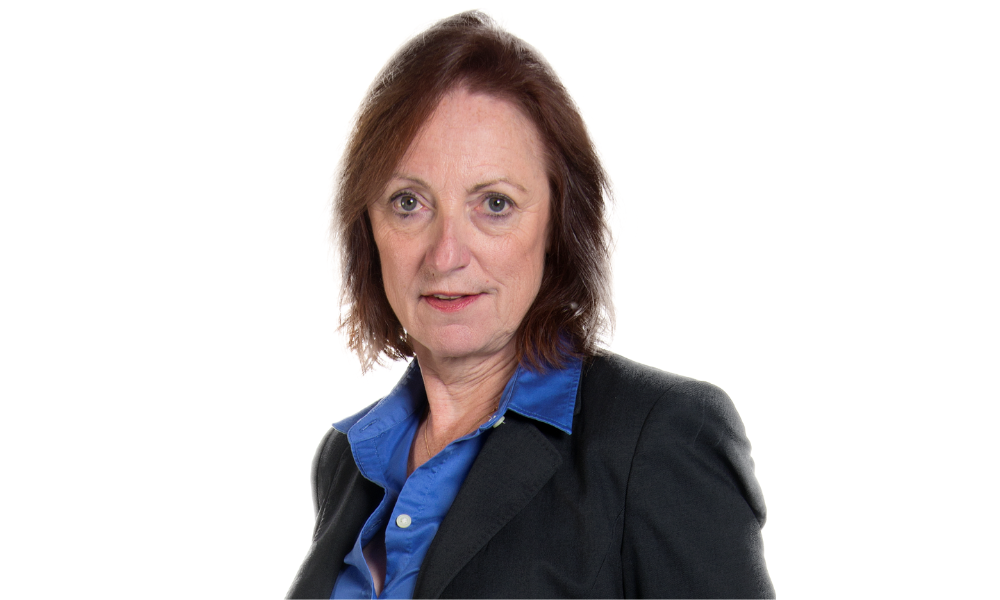Most Canadian families with disabled members are leaving tens of thousands of dollars on the table annually

One in eight Canadian families have a member with a disability, but not all are opening a Registered Disability Savings Plan (RDSP) that could mean another $90,000 for their loved one’s senior years.
“This plan is meant to take care of people with a disability once their supporting parents or guardian passes away. According to the latest studies, only about 20% of people who qualify for an RDSP have one,” Carol Bezaire, vice-president of tax, estate, and strategic philanthropy for Mackenzie Investments, told Wealth Professional.
“But, the government supports this. So, if there is someone in their family who’s qualified and should have an RDSP, but doesn’t, they’re missing out on receiving $90,000 of government money over a lifetime to go toward that person’s old age.”
RDSPs are long-term savings programs for Canadian families who have a family member with a disability. The Canada Revenue Agency defines that by granting them a disability tax credit once they apply for that. The disability could be short term, such as when someone as a mental illness that can be treated with the right drug combination, or it may be long-term, such as being born deaf or blind.
Bezaire said families can start the plan as soon as the beneficiary is diagnosed, even as babies, with the qualifying disability. The contributors can save in the RDSP until December of the year that the beneficiary turns 59.That helps in provinces, like Ontario, where the Ontario Disability Support Program usually stops at age 60. The money in the RDSP can provide support after that.
For those families or individuals with less than $93,800 net income on their income tax, the federal government will match contributions to the Canada Education Savings Grant by paying 300% on the first $500 contributed and 200% on the next $1,000, so $1,500 becomes $3,500.
For those families who may have opened an RDSP, but live close to, or below, the poverty line ($43,000 or less), so don’t contribute to it, the beneficiary can also qualify for a tax credit of $1,000 a year for 20 years.
“It’s based on family net income, so they’re trying to help people who couldn’t afford it otherwise,” said Bezaire.
She said the beneficiary’s supporting parents or grandparents can, upon death, also leave their Registered Retirement Savings Plan (RRSP) or Registered Retirement Income Fund (RRIF) on a tax deferred rollover in the RDSP as long as the beneficiary is under the $200,000 limit for the program. Then, the tax bill is deferred to the beneficiary, who is usually taxed at a lower tax bracket.
One thing contributors should know, though, is those who receive government grants or bonds will experience a clawback of $3 for every $1 if they withdraw money from those within ten years of getting that government money. So, families can’t easily withdraw the money for things like a van or wheelchair because, she said, “you’re going to lose $3 for every $1 that you take out of it because it’s meant for your beneficiary’s retirement.”
Once the money is withdrawn, or the government claws it back, the family can’t re-contribute it.
However, Bezaire said advisors can help clients carry forward. So, if a client has qualified for an RDSP, but not opened one, Mackenzie can help advisors figure out how much clients can contribute to catch up on ten years of contributions and grants. Clients could be eligible for $11,000 if contributing after 10 years, and more advisors are working with their clients to do that.
Bezaire said there are two ways for beneficiaries to withdraw the funds for their retirement. They can take the lump sum as a disability assistance payment. They can also, at age 60, start receiving lifetime disability assistance payments, which will last the beneficiary’s lifetime. Any money remaining in the fund will be paid to the beneficiary’s estate on his or her death. So, she emphasized that it’s important for advisors to talk to their clients to ensure the beneficiary has a will and powers of attorney . If the person doesn’t have a will, then the estate will be subject to the government’s intestacy rules with spouses, children, and then parents eligible to receive it.
Mackenzie, which is one of the financial institutions that provide RDSPs, has an interest in ensuring that more Canadians learn about, and use, these important plans because it’s recently been selected to administer the RDSP program for the Ontario Office of the Public Guardian and Trustee. So, Bezaire is reaching out to advisors, and various organizations, to update them on the plan’s benefits and restrictions, so they can advise their clients.
“This is an opportunity to broaden the value you bring,” said Bezaire. “You’re not just talking performance. You’re talking about a value add and something very close to many clients’ hearts.”



